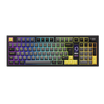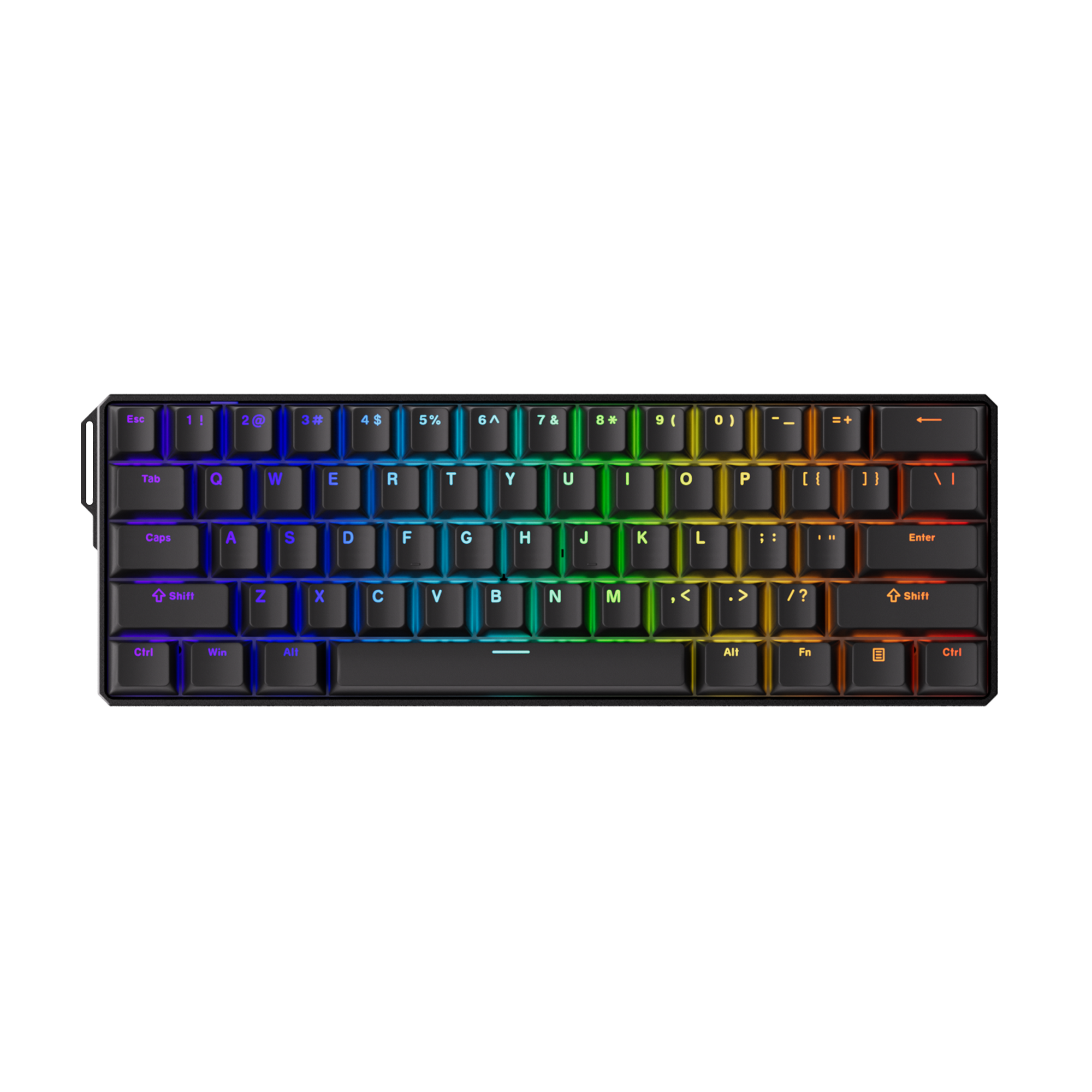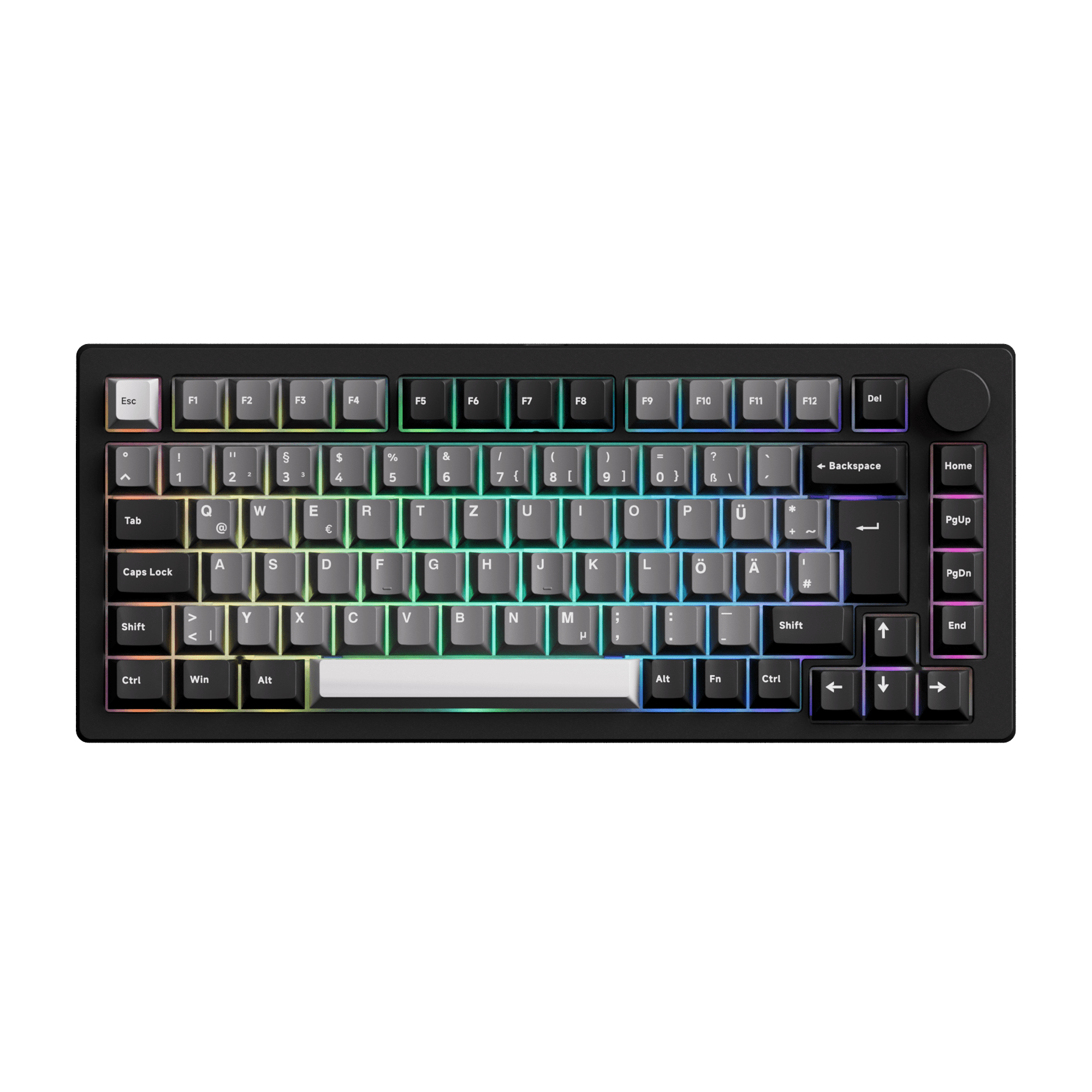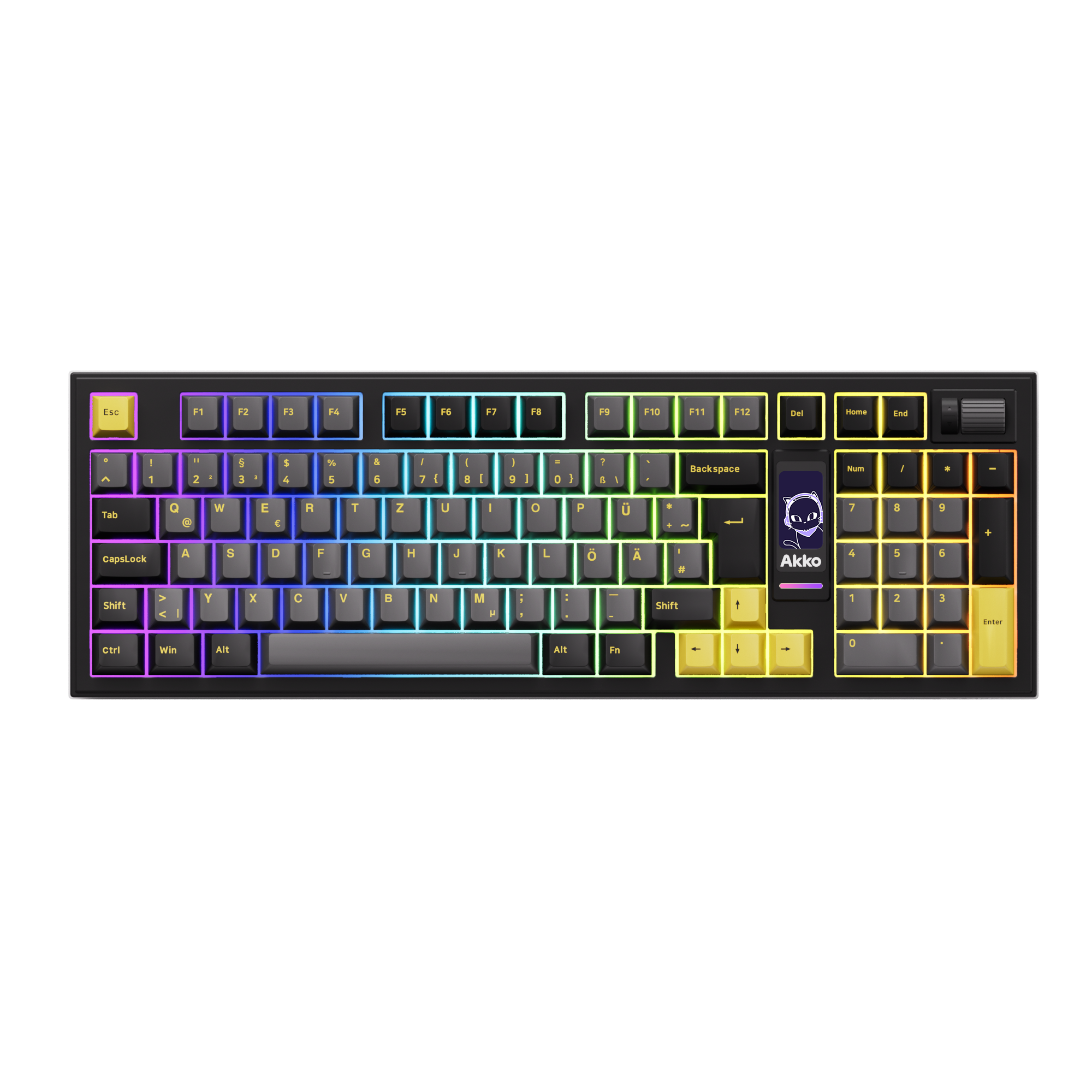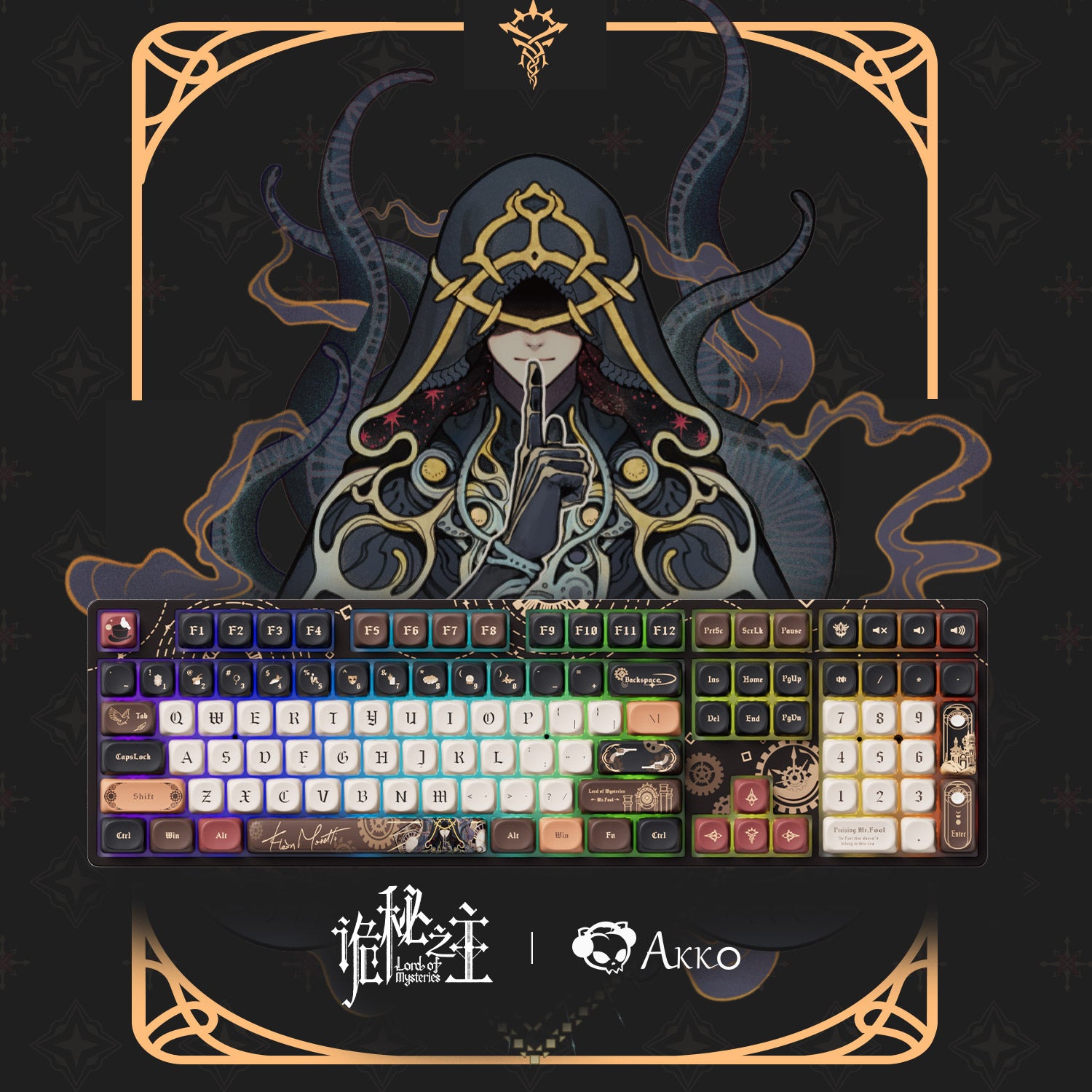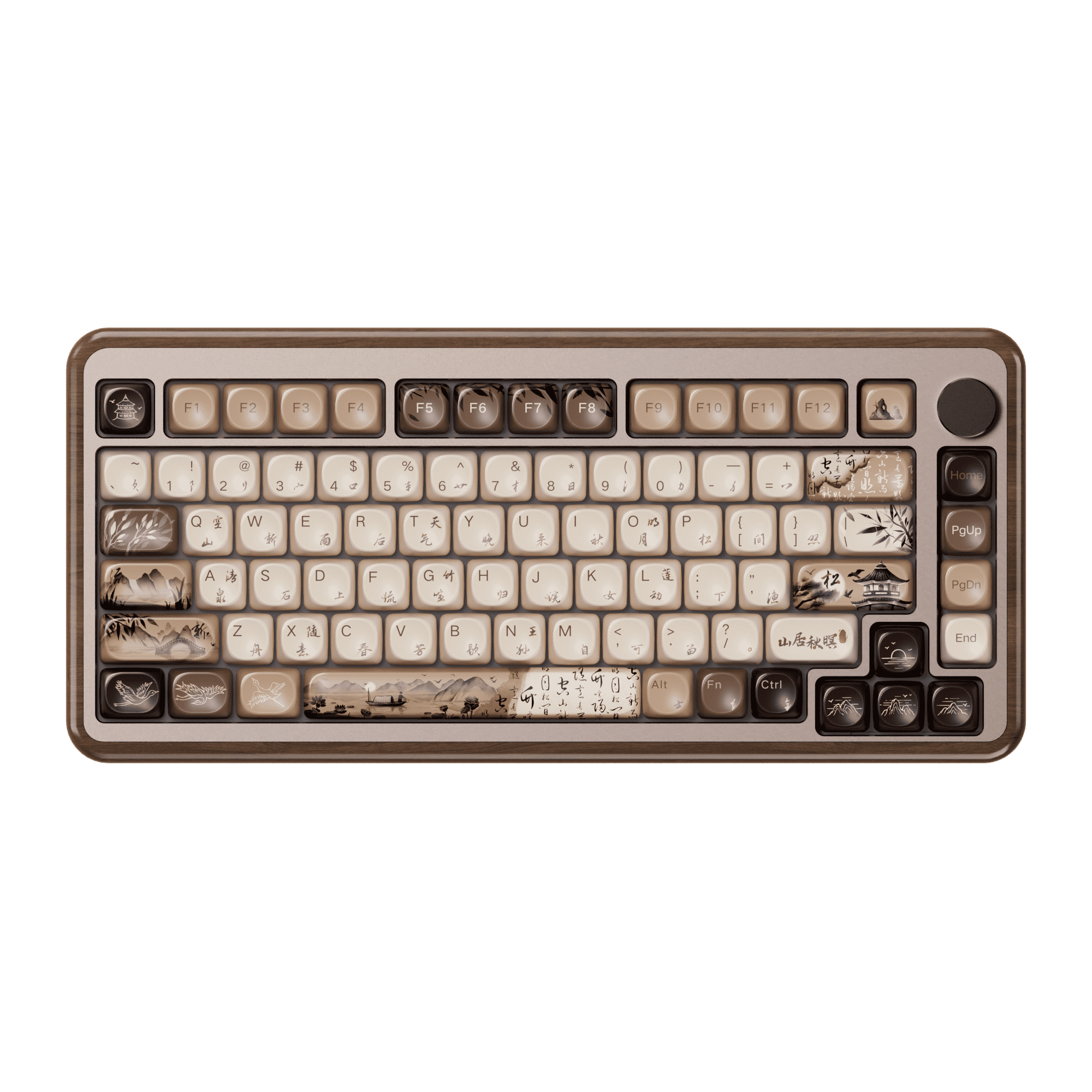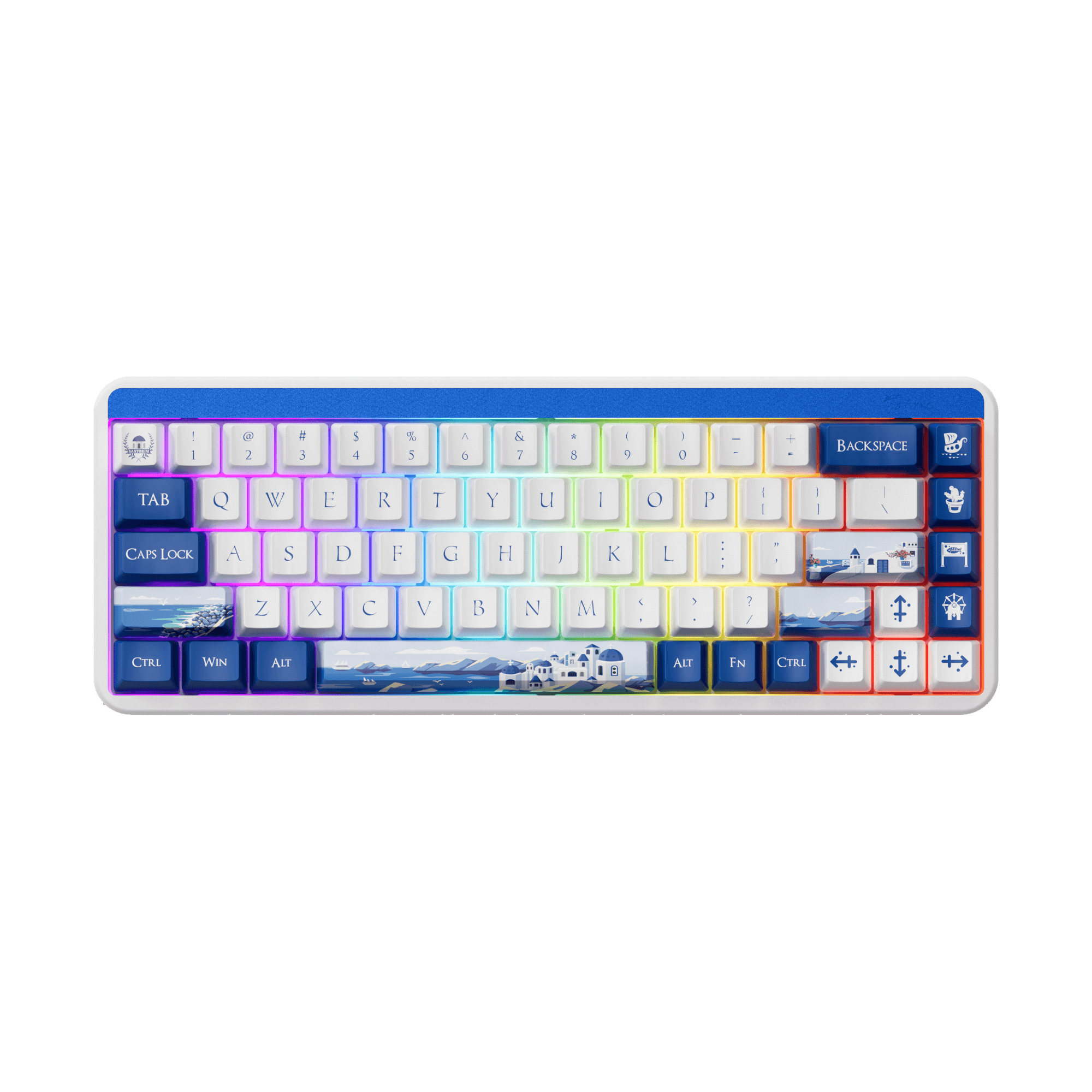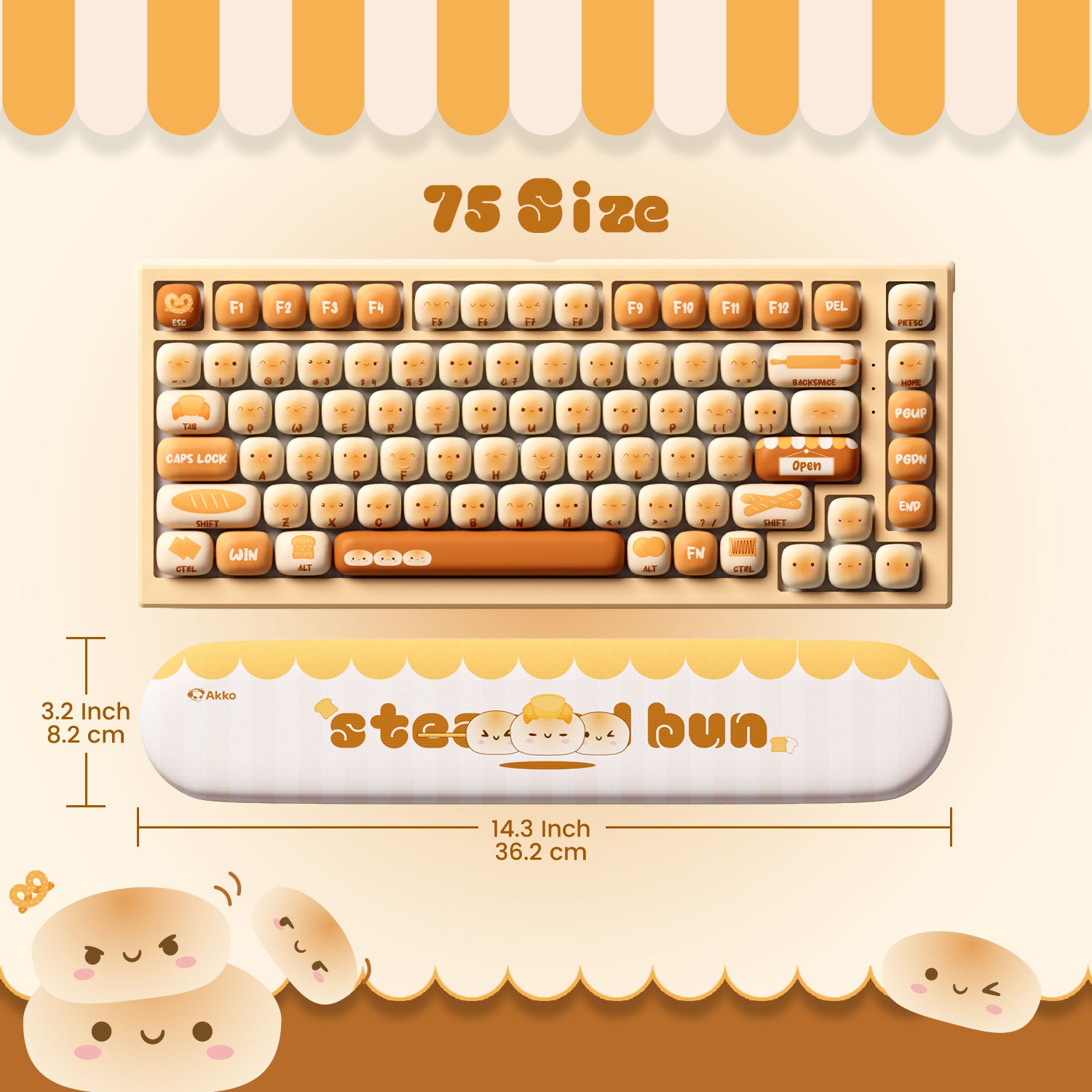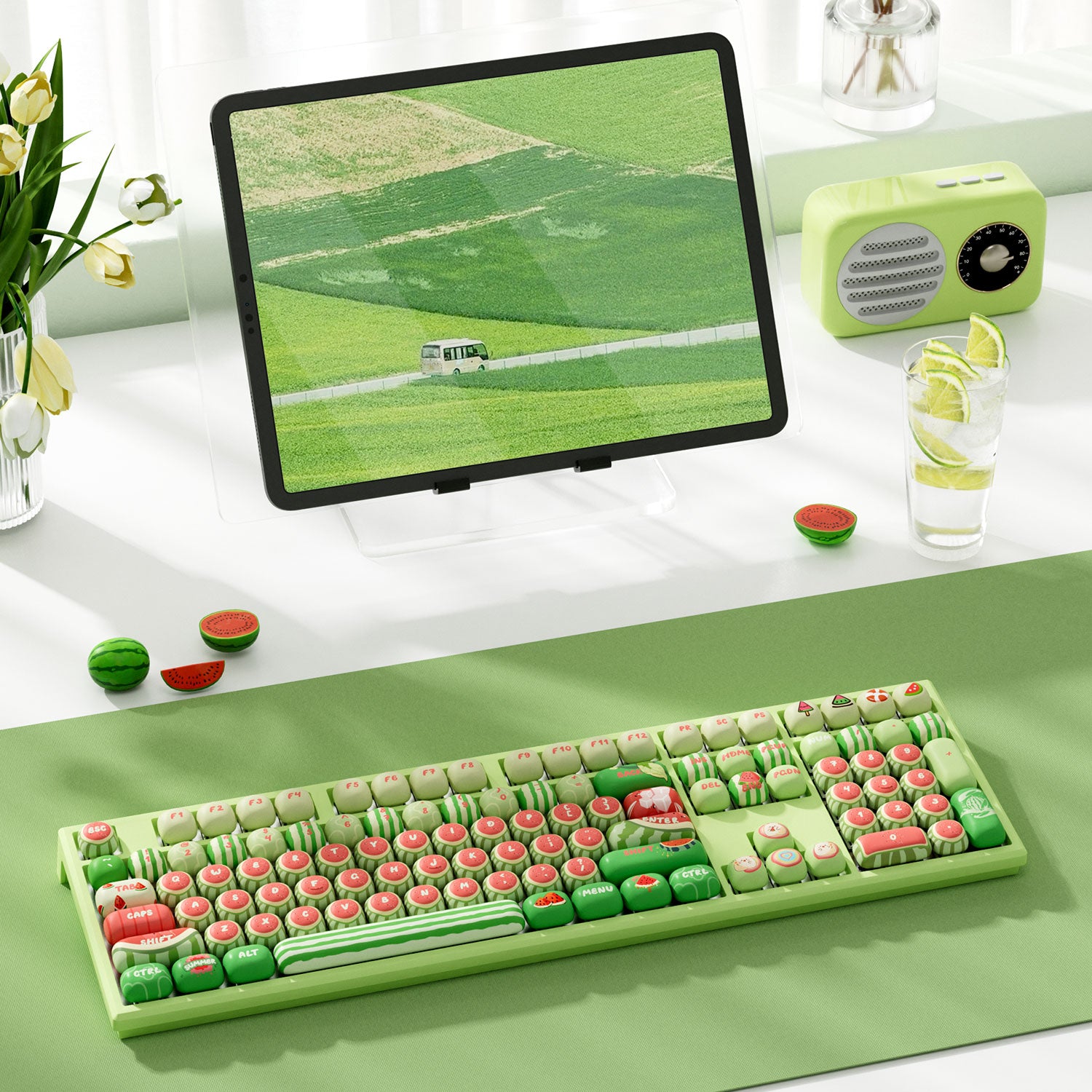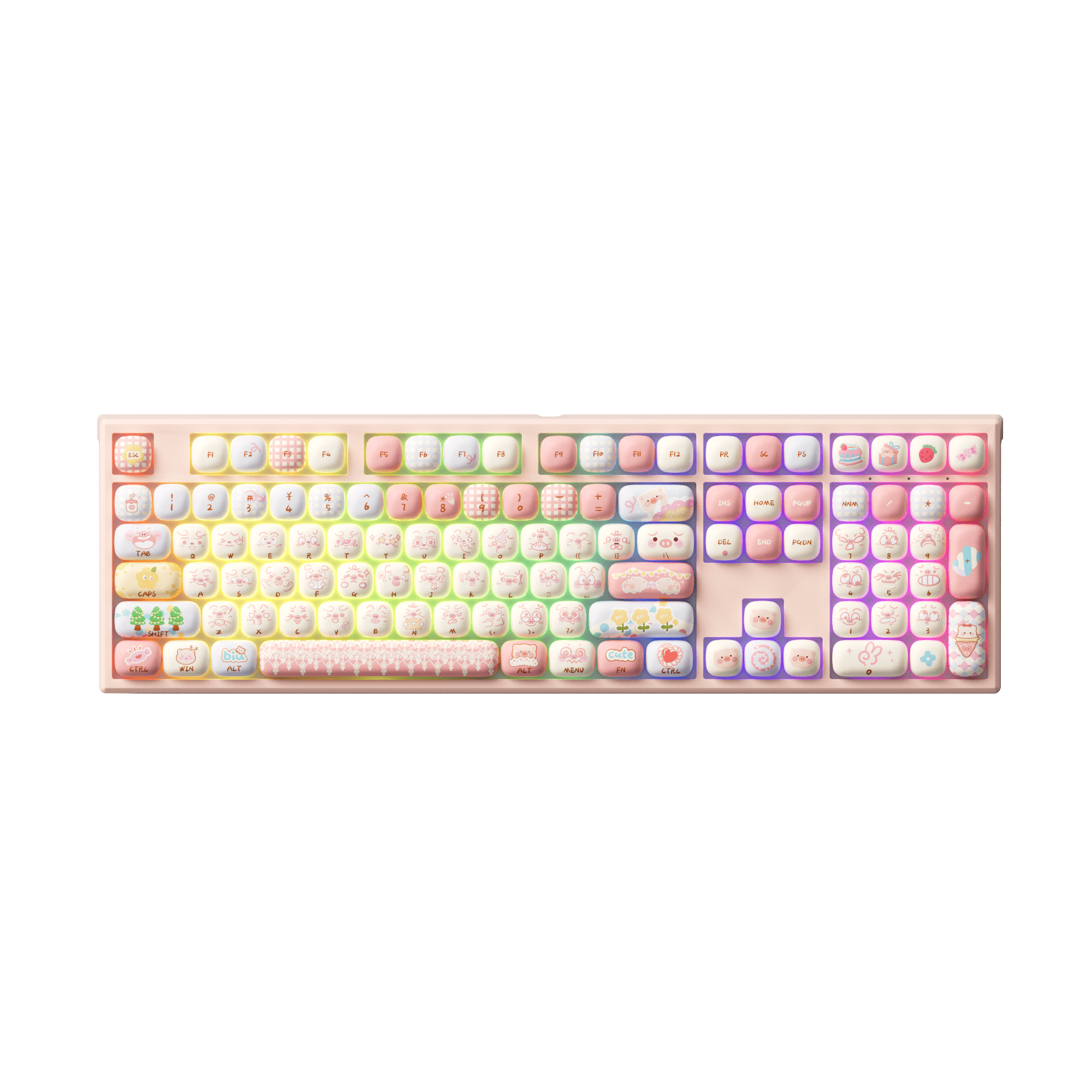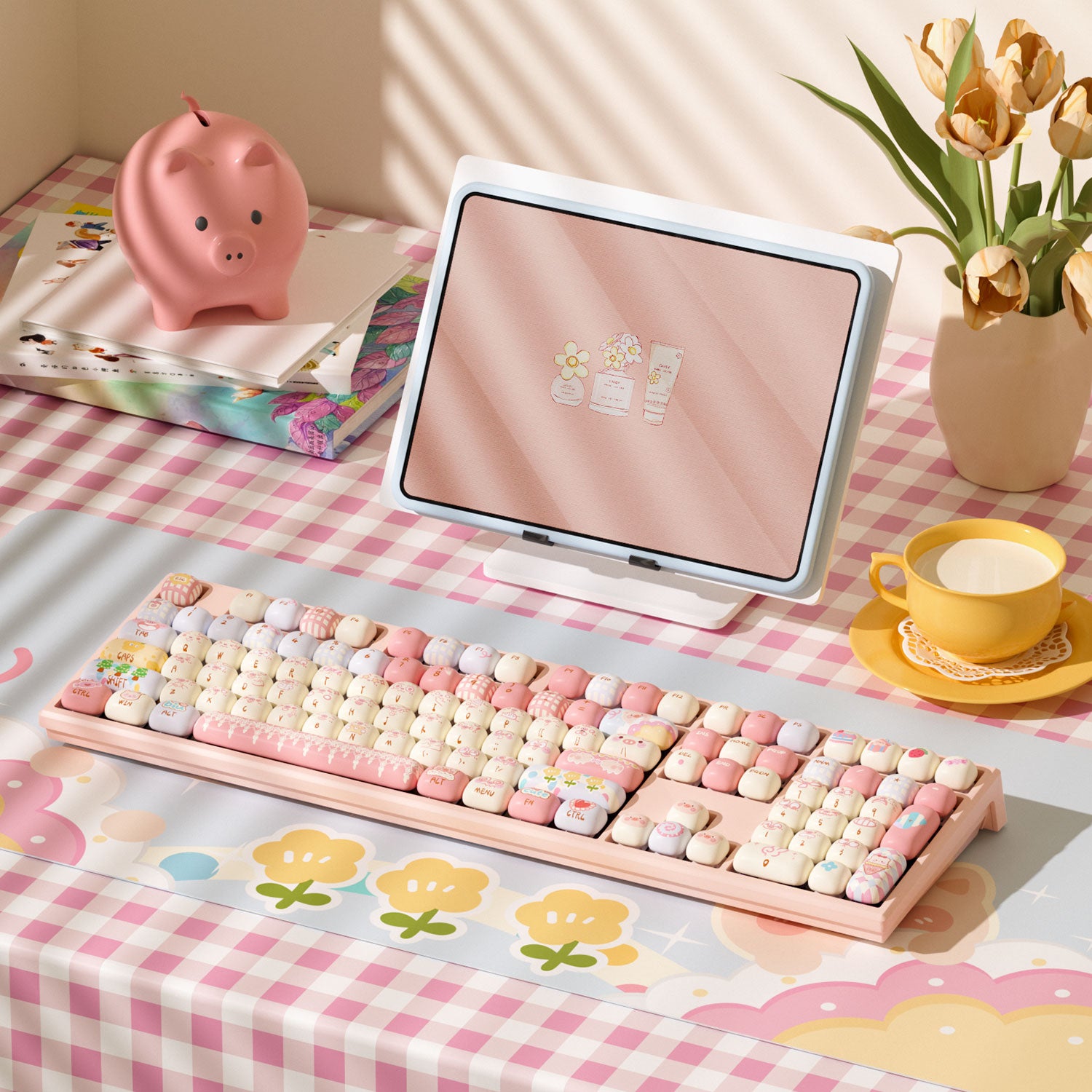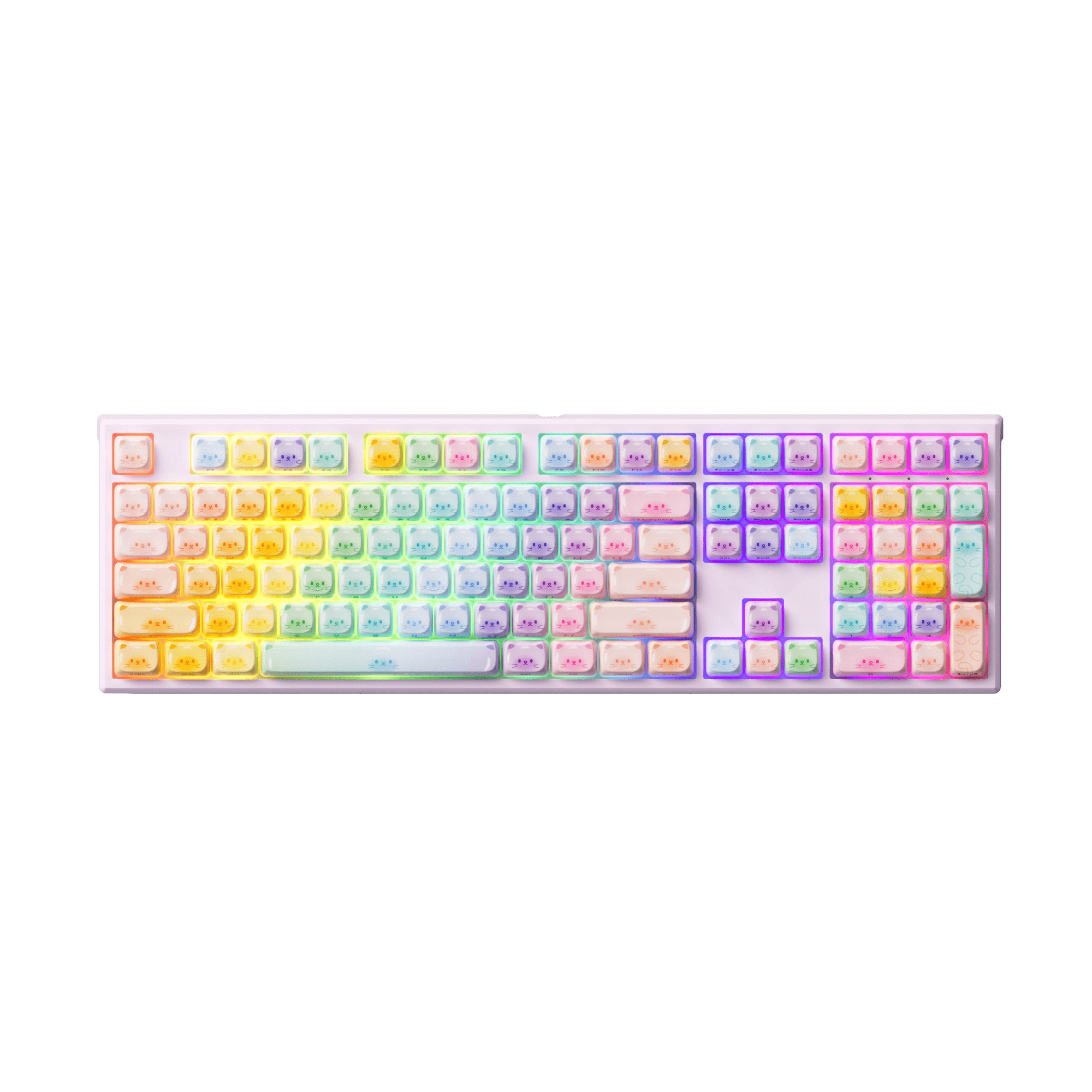Keyboard layout affects the keyboard's usability, typing experience, and comfort. Based on the difference in key position and size, the ANSI and ISO keyboard layouts are two of the most widely used worldwide.
Knowing the difference between ANSI and ISO keyboards can help you choose the right keyboard to enhance your typing experience. This article will explain the differences, pros, and cons between them, and hopefully, it will help you make an informed decision and choose the keyboard layout that best suits your needs.
Table of Contents
- ANSI VS ISO: What Are They?
- ANSI VS ISO keyboard Layout: What’s the Difference?
- Pros and Cons: ANSI VS ISO Layout
- ANSI Layout
- ISO Layout
- ANSI vs ISO: Choosing the Right Layout for You
- Which is More Common: ANSI or ISO?
- Frequesntly Asked Questions
- What is JIS layout?
- Which keyboard layout is better for gaming?
- Which layout should I choose for programming?
- How does the choice of keyboard layout affect typing speed and accuracy?
- Can I switch between ANSI and ISO keyboard layouts easily?
- Summary
ANSI VS ISO: What Are They?
ANSI and ISO are two different standards. ANSI is the American National Standards, and ISO is the International Organization for Standardization. An ANSI keyboard is one whose layout meets the American National Standards. ISO keyboard is the keyboard whose layout meets the standards of the International Organization for Standardization.
To ensure consistency and compatibility across different computer systems and manufacturers, the ANSI keyboard layout was standardized in the late 1980s. ANSI keyboard layout standards create a uniform typing experience for American users. The ISO keyboard layout was developed in the early 1990s to create a versatile and adaptable keyboard standard that could accommodate the various typing requirements and language differences in different countries.
Prior to continuing, it is important to understand that ANSI and ISO are physical keyboard layout determine the size, shape, and position of the keys on the keyboard. QWERTY, Dvorak, Colemak, and Workman are logical layouts that are responsible for assigning key functions. In addition, there are orthogonal layouts like Planck, which arrange the keys into neat grid-like rows and columns.
ANSI VS ISO keyboard Layout: What’s the Difference?
To understand the differences between ANSI and ISO keyboard layouts, it's essential to consider keycap sizes. Keys vary in width and are measured in units (u). Standard square keys are 1u, with wider keys like Backspace at 2u, and a common Spacebar width of 6.25 units. In addition to the keyboard layout(ANSI or ISO), the keyboard type (Full-size, TKL, etc.) also affects the size of the keys.
ANSI keyboard - You can easily find the horizon Enter key on the ANSI keyboard. ANSI keyboard is widely used in the United States, Canada, Australia, the Netherlands, and many Asian and Middle Eastern countries.
ISO keyboard - If the Enter key is the upside-down L, the keyboard is ISO layout. European countries and South America usually use the ISO keyboard.

Below is a table where you can clearly see the difference between the two layouts.
|
Difference |
ANSI |
ISO |
|
Enter key shape |
Wide horizontal key |
Turn-down L shape. Occupies two rows |
|
The Backslash key |
Above the Enter key |
Left of the Enter key |
|
The left Shift key |
Same size and dimension as the Right shift key |
50% of the size of the right shift key. Have the same dimension as the Ctrl key |
|
Right Alt key |
Same with the left Alt key |
Replaced with an Alt Gr key |
|
Number of Keys -Full-Size |
104 keys |
105 keys |
|
Number of Keys - Tenkeyless |
87 keys |
88 keys |
|
Number of Keys -60% layout |
68 keys |
69 keys |
|
Custom keycap availability |
Wide |
Less common |
|
Regional Use |
US, Canada, etc. |
Europe, other international regions |
There are mainly 5 structural difference with the ANSI and ISO keyboard, let’s break it down.
Enter
ANSI: The Enter key is a wide horizontal key (usually 2.25 units, one unit high) .
ISO: The Enter key is L-shaped, occupying two rows(1.5 units wide on the top, and two units tall).
About the Enter key, there are some people like the ANSI layout. They consider, the Enter key is closer to the finger and easier for the pinky to press in ANSI, while in the ISO layout the pinky has to reach over two keys. This may be related to the size of your palms and the length of your fingers. People with larger palms may not find this a problem.
On the other hand, for ISO layout, the Enter key is bigger, takes up more space, and can be pressed more accurately. From my personal experience, the bigger Enter key makes me feel more ritual when I press it.
Backslash
ANSI: The Backlash key is above the Enter key.
ISO: The Backlash key is to the left of the Enter key.
Some people think that the closer backslash key in ISO is unnecessary because they rarely use it. At the same time, those who often program and need to enter backslashes think that ISO keyboards are better.
Left Shift
ANSI: The left Shift key is longer(2U or 2.75U).
ANSI: The left Shift key is shorter(1 U) to make room for an extra key (often the "<" or "|" key) next to it.
ANSI layout keyboard have a bigger Left Shift Key, it can be more comfort and easy to press for the pinky.
Right Alt
ANSI: Features identical Left and Right Alt keys on either side of the Spacebar.
ISO: Rather of a Right Alt key, feature an Alt Graph (AltGr) key.
ISO layout keyboard’s AltGr key allows users to access more symbols and characters on the keyboard, such as á or ñ, without changing the visual layout or using additional software.
Number of Keys
About the number of keys, ISO is one more key than ANSI keyboard.
For full-size keyboard, ANSI have 104 keys, ISO have 105 keys, just like mentioned above, one extra key is placed just near the left shift key.
For Tenkeyless (TKL) Keyboard, ANSI have 87 keys, ISO have 88 keys
For 60% layout, ANSI have 68 keys, ISO have 69 keys.
Besides the structual difference between ANSI and ISO layout, there are differences in the commonality of keycaps and the regions of use.
Commonality of keycap sets
At present, there are relatively more ANSI keycap sets in the market, while ISO keycap sets are relatively rare.
Fortunately, our Akko Europe focus on the European market, providing users with a rich selection of ISO keycap sets. Whether you need to replace the keycaps or want to find a keyboard layout that is more suitable for your usage habits, we can meet your needs. Our products are diverse and beautifully designed to meet the preferences and usage habits of different users.

Regions of use
North America including the United States and Canada, and some Asian countries are more accustomed to using ASIN layout.
The ISO layout’s adaptability to different languages makes it the preferred choice in culturally and linguistically diverse regions, such as Europe and multilingual countries.
Pros and Cons: ANSI VS ISO Layout
After knowing the main difference with the ANSI and ISO keyboard, let’s deep into the pros and cons with them.
ANSI Layout
Pros
- Perfect for english typist
- Compatibility with most software and games
- Easy to get customizable keycaps set
- Can be cheaper than ISO
Cons
- Enter key isn’t as distinct since it’s a simple rectangular shape.
- Lack special characters and the Alt Gr key used to create diacritics.

ISO Layout
Pros
- Common use in Europe and other regions
- Benefits for typing in various languages
- Inclusion of the Alt Gr key, which is widely used in European countries to create accents.
- The closer backslash key. Helpful for programmers and developers as this key is frequently used.
Cons
- Not that ergonomic since other popular keys are further away meaning you’ll have to extend your hand whilst typing.
- Can be more expensive than ANSI keyboards.

ANSI vs ISO: Choosing the Right Layout for You
There is no clear conclusion about which one is better because everyone has their own preferences. Because the difference between the two layouts is not huge, there is actually no need to replace your current keyboard if you have no special needs.
Generally, you can consider some of the following factors to decide which one to choose:
1. Language and region
Generally speaking, the United States, Canada, Australia, the Netherlands, and many Asian and Middle Eastern countries prefer ASIN, while European countries are accustomed to ISO. In addition, ANSI is more suitable for English input, and each language has its own characters in ISO layout.
2. Personal preference
Everyone has different hand shapes and typing habits, and your comfort with the position of the keys will greatly affect your choice. Some people have a strong preference for a certain layout based on how they learned to type.
3. Specific needs
If you have specific needs, this will also affect your choice. For example, if you program frequently, you may prefer ANSI because it has a more familiar key layout in the common coding environment in the United States.

Which is More Common: ANSI or ISO?
The ANSI keyboard layout is very common in the United States and other English-speaking countries and is the standard layout for most keyboards in these regions. In Europe and other regions, the ISO keyboard layout is more popular, and keyboards in these regions usually include more special characters.
Frequesntly Asked Questions
What is JIS layout?
The JIS keyboard layout is designed for easy Japanese typing, with additional keys for language-specific functions, dual language markings, and a layout that supports both Kana and Romaji input modes. This layout is essential for Japanese users and those who type Japanese frequently, as it provides the tools and features needed to efficiently enter Japanese characters.
Which keyboard layout is better for gaming?
For most players, ANSI layout might be a superior option, especially for those who play fast-paced and precise games (such as FPS and MOBA). A longer left Shift key and an easier-to-reach Enter key are provided by the ANSI layout, which is supported by a greater number of third-party keycaps and accessories available on the market.
Nonetheless, ISO layout can also satisfy the requirements of games if you're accustomed to it or need to input characters in several languages. Your own needs and habits should guide your final decision.
Which layout should I choose for programming?
Programmers in North America often prefer the ANSI layout for its efficient key placement, especially the location of the backslash key. However, ISO can also be used effectively with some adaptation.
How does the choice of keyboard layout affect typing speed and accuracy?
Typing speed and accuracy can be influenced by familiarity with the layout. Users may type faster and more accurately on a layout they are accustomed to, whether ANSI or ISO.
Can I switch between ANSI and ISO keyboard layouts easily?
Yes, but it requires some adjustment. Regular practice, ergonomic adjustments, and familiarization with the new layout can help ease the transition.
Summary
In conclusion, knowing the distinctions between ISO and ANSI keyboard layouts will enable you to select the one that best suits your requirements. While the ISO form is more versatile and offers greater support for a wider range of languages, it is still the layout of choice in Europe and other places. The ANSI layout is popular in the United States because it is consistent and straightforward. Pick the layout that improves your typing experience by taking into account your personal preferences, language needs, and typing patterns.








